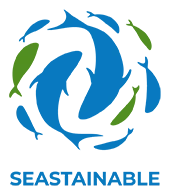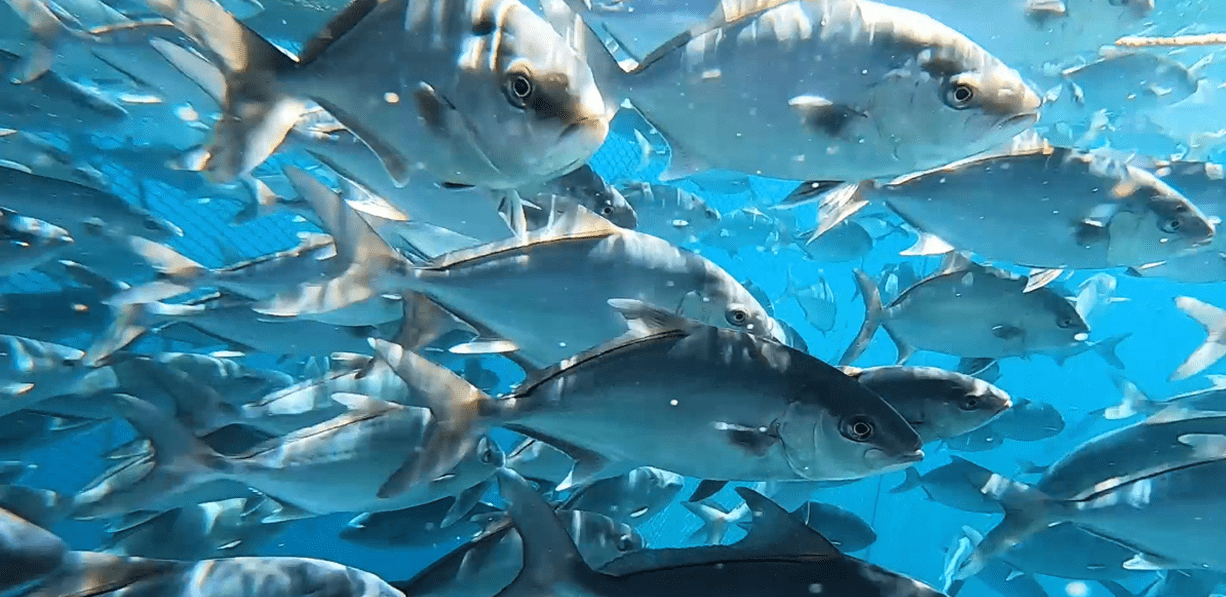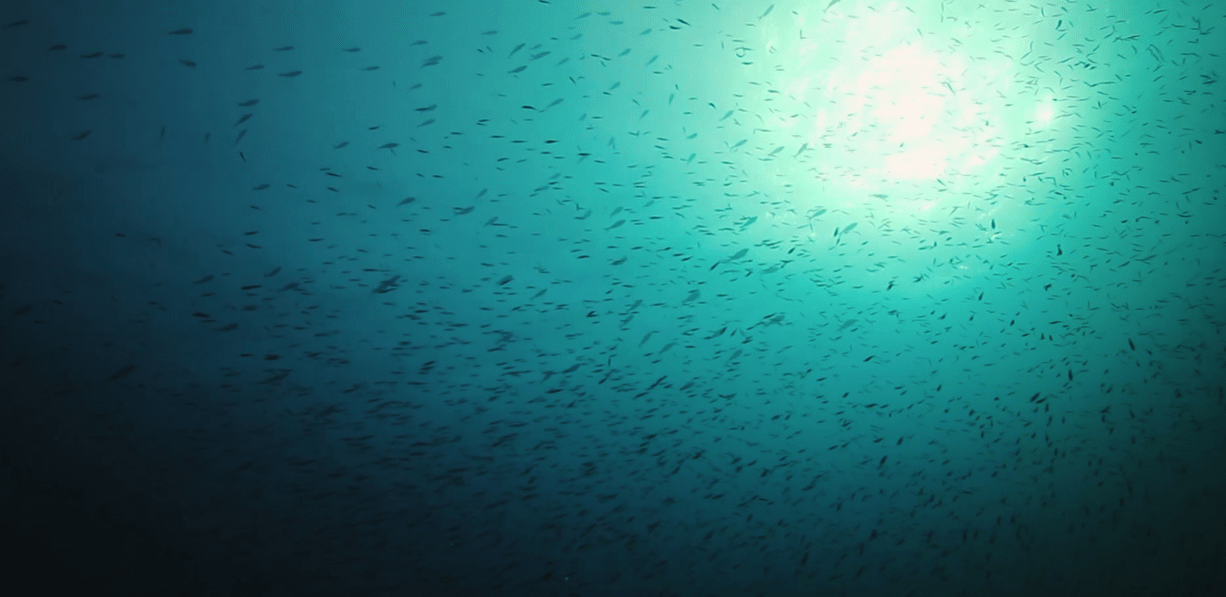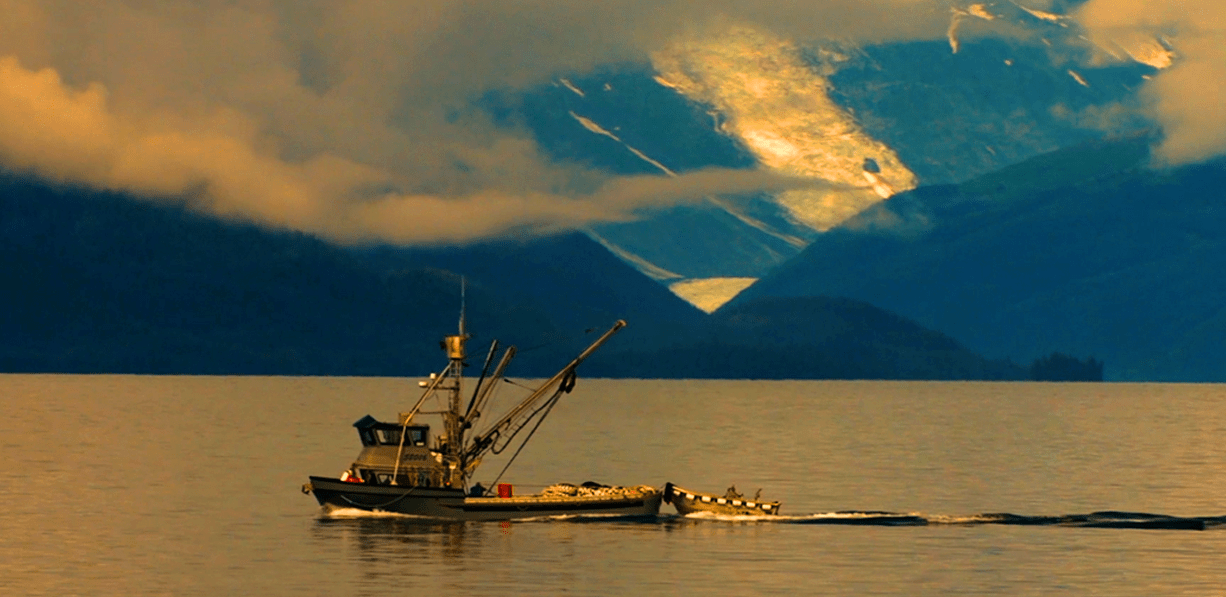sustainable seafood
You may have read some alarming facts about the ocean recently. Like the fact that 300,000 dolphins die in fishing nets each year, and over a million sea birds are killed annually due to man-made pollution. You may have heard about the giant floating garbage patch in the North Pacific that’s twice the size of Texas. You may have heard that carbon emissions are making the ocean more acidic and the Great Barrier Reef is dying or that Marlin and Bluefin Tuna are on the verge of extinction as a result of increasing global temperatures and nutrient pollution. All this bad news may make you feel guilty about checking out that new sushi restaurant, and you may get confused by the so-called Ecolabels at your local grocer’s seafood counter. But don’t give up on fish just yet.
The National Oceanic and Atmospheric Administration (NOAA) says sustainable seafood is the most environmentally efficient source of protein on the planet.
The sustainable seafood movement began in the 1990’s and has increased awareness of the methods we use to obtain our seafood. Sustainable seafood must be farmed or caught in ways that consider the impact on the oceans, the long-term survival and well-being of harvested species and the continued livelihoods of the fishing community. NOAA’s “FishWatch” the Marine Stewardship Council’s “certified sustainable seafood” sticker and the “Seachoice” Seafood Guide are all inspection and labeling programs that have arisen in recent years to identify and encourage sustainable fishing and aquaculture practices, but some controversy and confusion persists.
The production of the SEASTAINABLE docuseries was a multi-year journey in search of the newest and most innovative approaches to obtaining quality seafood while preserving, or even restoring, marine habitats. Worldwide, over three billion people depend on seafood as their primary source of protein, not to mention the millions of people who earn their living on the sea. By NOAA estimates, there are over 20,000 species of seafood on Earth, yet only ten species account for 86% of the seafood consumed in the United States. Renowned chef and sustainability expert Barton Seaver encourages the utilization of lesser-known species, and our “Searching For Seastainable Seafood” journey will take us to restaurants where chefs specialize in the so-called “trash fish” revolution. Most people are aware of the by-catch problems with industrial-scale fishing practices, and many of those practices also damage the ocean floor and the species that live there, as well as the fish that feed on those species.
“lively, confessional, and entertaining … “
Fishing can be done sustainably with pole-fishing or traps for lobsters and other crustaceans, but most large-scale, industrial fishing operations result in the depletion of species and a lack of long-term sustainability. So how will we feed the billions of people who depend on seafood? Land-based protein production (think cows and their methane burps) is certainly not a good idea. The answer may be Aquaculture. Aquaculture is now the fastest-growing form of food production in the world. Our sustainable seafood journey took us to a trout farm in Idaho, a mussel farming operation in California, an Alaskan seaweed farm and free-floating fish pens in Mexico and Vietnam. We talked to scientists, fishermen and chefs in our quest to understand the most practical and sustainable practices for producing delicious seafood while preserving our oceans and the creatures who live there. We hope you will follow our SEASTAINABLE voyage and reconsider the ways that the ocean can impact our lives.
Comments.
Sorry, the comment form is closed at this time.








720p izle
I visit daily some web sites and blogs to read articles or reviews, but this webpage offers quality based posts. Chantal Jimmy Karissa